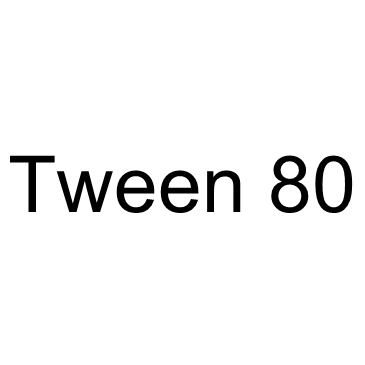| Structure | Name/CAS No. | Articles |
|---|---|---|
 |
Carbon nanotubes
CAS:308068-56-6 |
|
 |
Tween 80
CAS:9005-65-6 |